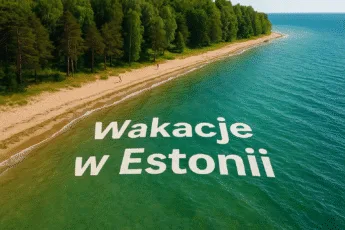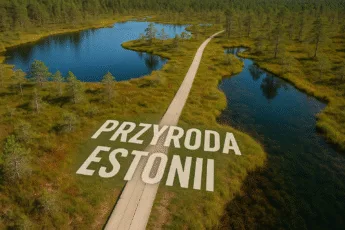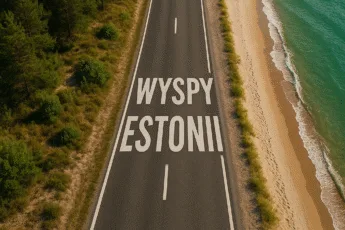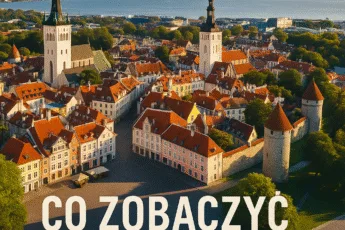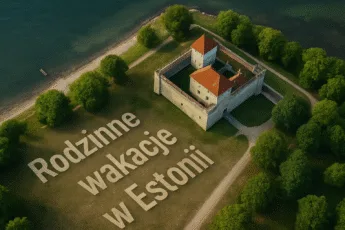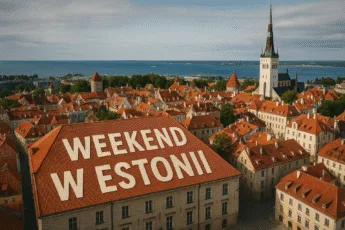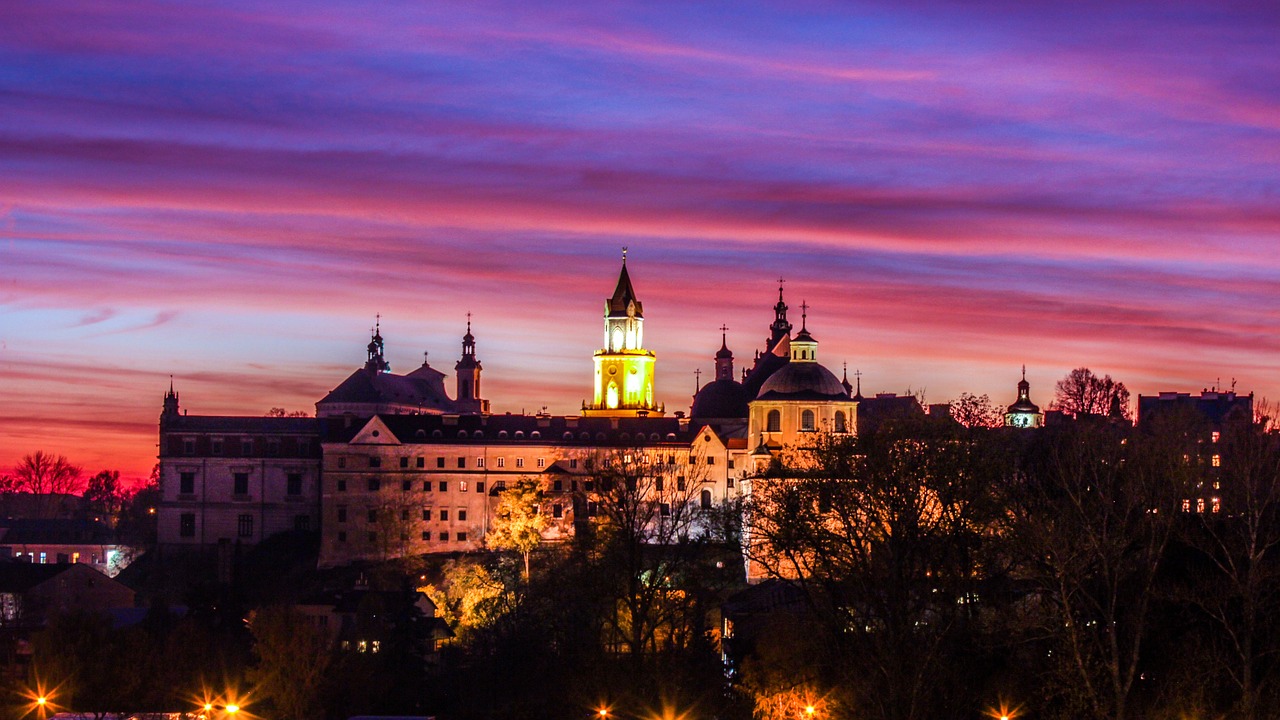Estonia, although often associated with summer beaches on the Baltic Sea, is an equally attractive direction for winter rest. Winter months change Estonian landscapes into a fairy -tale world, offering tourists unique experiences and the opportunity to discover northern culture in a completely new light.
February in Estonia is characterized by a typical Baltic region with the atmosphere: average temperatures range from -3 ° C to -9 ° C. Although the days are shorter, the snow covering picturesque forests, national and medieval parks creates a unique atmosphere. This is the perfect time for those who want to experience real winter.
Why Estonia in February?
February Estonia offers a wide range of attractions, from romantic walks on the frozen Tallinn Lagoon, to night trips for observation of the northern lights. Winter sports amateurs will find numerous ski routes here, including popular centers such as Otpää, known for well -prepared cross -country and alpine routes.
The cool and snowy atmosphere of Estonia promotes various outdoor activities. February is the perfect time for sleds, cross -country skiing, or even horse riding in snowy fields. For nature lovers, winter months are also an opportunity to observe wild animals in their natural environment, especially in national parks such as Soomaa or Lahmaa.

Where to go in Estonia
Estonia in February presents tourists a whole range of unusual places that are worth visiting. Here are some of them:
- Tallinn - the capital of Estonia, known for the well -preserved medieval center. In winter, the streets and squares of the Old Town come to life thanks to fairs and festivals.
- Tartu - the second largest city in Estonia, offering a rich cultural offer and numerous parks that turn into a paradise for winter sports lovers in winter.
- Otepää - called the winter capital of Estonia, ideal for skiers and snowboarders. It offers excellent conditions for winter sports.
- Narva - a city at the border with Russia, known for its impressive fortress and rich history.
- Saaremaa - the largest island of Estonia, offering unique landscapes and a calmer pace of life, ideal for relaxing walks.
Access to these places is facilitated thanks to a well -developed road network and public transport. Most of the cities and tourist regions are easily available by car, bus or train. Estonia also offers well -developed tourist infrastructure, including hotels, guesthouses and apartments for every budget. Ski resorts like Oteps have modern lifts and downhill routes.

In larger cities, such as Tallinn or Tartu, there are numerous museums, galleries, restaurants and cafes that offer both local and international flavors.
Winter attractions in Estonia
Estonia in February is not only picturesque landscapes, but also a wealth of activity that will make every visit unforgettable.
- Skiing and snowboard : The ski resort in Otepää is the most popular place for winter sports lovers. It offers various downhill routes, from easy to beginners to more demanding for advanced skiers and snowboarders.
- Slashtry : For those who prefer less extreme forms of activity, tobogganing is a great alternative. Regions such as Saaremaa or around Tallinn offer safe and well -prepared tobogues.
- Walks in snowy cities : Winter Aura adds charm to Estonian cities. A walk on the snow -covered streets of Tallinn or Tartu is not only an opportunity to admire monuments, but also to the experience of local culture and tradition.
Estonia is an ideal place for winter rest for families with children. Ski resorts like Otepää offer skiing lessons for the youngest, as well as special zones for children. Many cities organize winter festivals and cultural events, which are a great opportunity to play for the whole family.

In addition, Estonian national parks, such as Lahmaa, provide safe and picturesque routes for family walks and sleds.
Culture and kitchen
Discover the richness of Estonia culture and culinary in February - when tradition is intertwined with modernity.
Winter festivals and cultural events
- Tallinna Tantsupidu : in February, the capital of Estonia, Tallinn, revives thanks to this traditional dance festival, where you can admire local costumes and music.
- Tartu Marathon : one of the largest sports festivals in Estonia, attracting running skiing lovers from around the world.
- The Light Festival in Tallinn : a magical event that illuminates winter evenings in Tallinn, presenting amazing lighting installations.
Traditional Estonian dishes to try in winter
Estonia in February is also a gourmet paradise. Here are some dishes worth trying:
- Verivorst with sauerkraut : traditional Estonian bloody sausage, often served with sauerkraut, perfect for winter evenings.
- Talvine Seljanka : a thick, warming soup from various types of meat, with the addition of olives and pickled cucumbers.
- Kama : A mix of ground cereals and seeds, often served with yogurt or kefir, popular for breakfast on cold days.
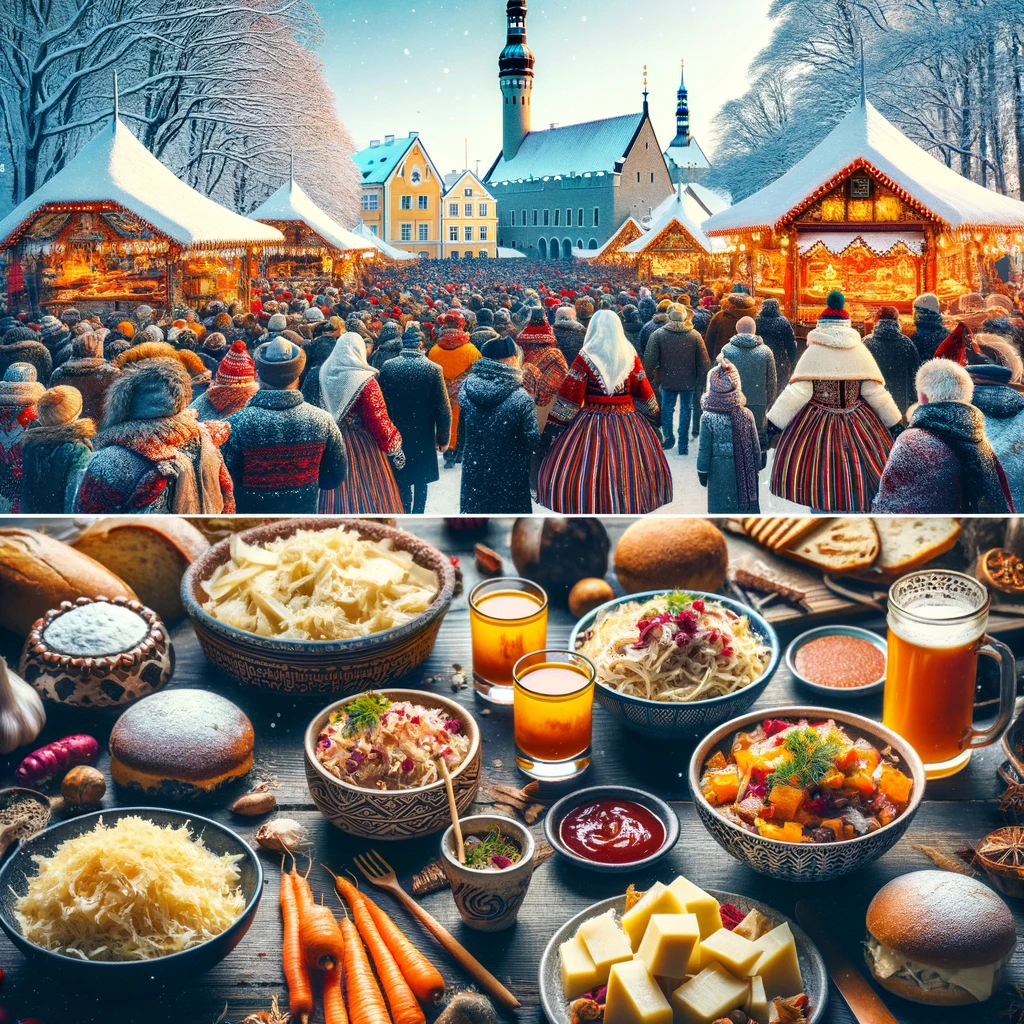
Practical tips
Planning a trip to Estonia in February requires some practical tips that will help you enjoy your stay without unnecessary surprises.
- Accommodation booking : It is recommended to book accommodation in advance, especially in popular ski resorts like Otpää or in the capital, Tallinnie.
- Transport : Estonia has a developed transport network. You can easily reach most cities and attractions by train, bus or car. Car rental is a good choice for those who want to visit on their own.
- Clothing : It is important to remember about proper clothing - warm jackets, winter shoes, hats and gloves are necessary in February in Estonia.
Estonia is a friendly and safe country for tourists, but it is worth remembering a few issues:
- Language : Although in larger cities many people speak English, learning a few basic phrases in Estonian will be welcome by the locals.
- Safety : It is always worth following standard safety rules, especially in public places and when using public transport.

Estonia in February is more than a regular winter trip. It is an opportunity to experience extraordinary culture, breathtaking landscapes and unforgettable adventures. From winter sports, through festivals to tasting of traditional dishes, Estonia offers a wealth of experience.
Plan your journey and discover the charm of the Estonian winter!

